Three Leviathans
20.02.2024 09:09
4483 views
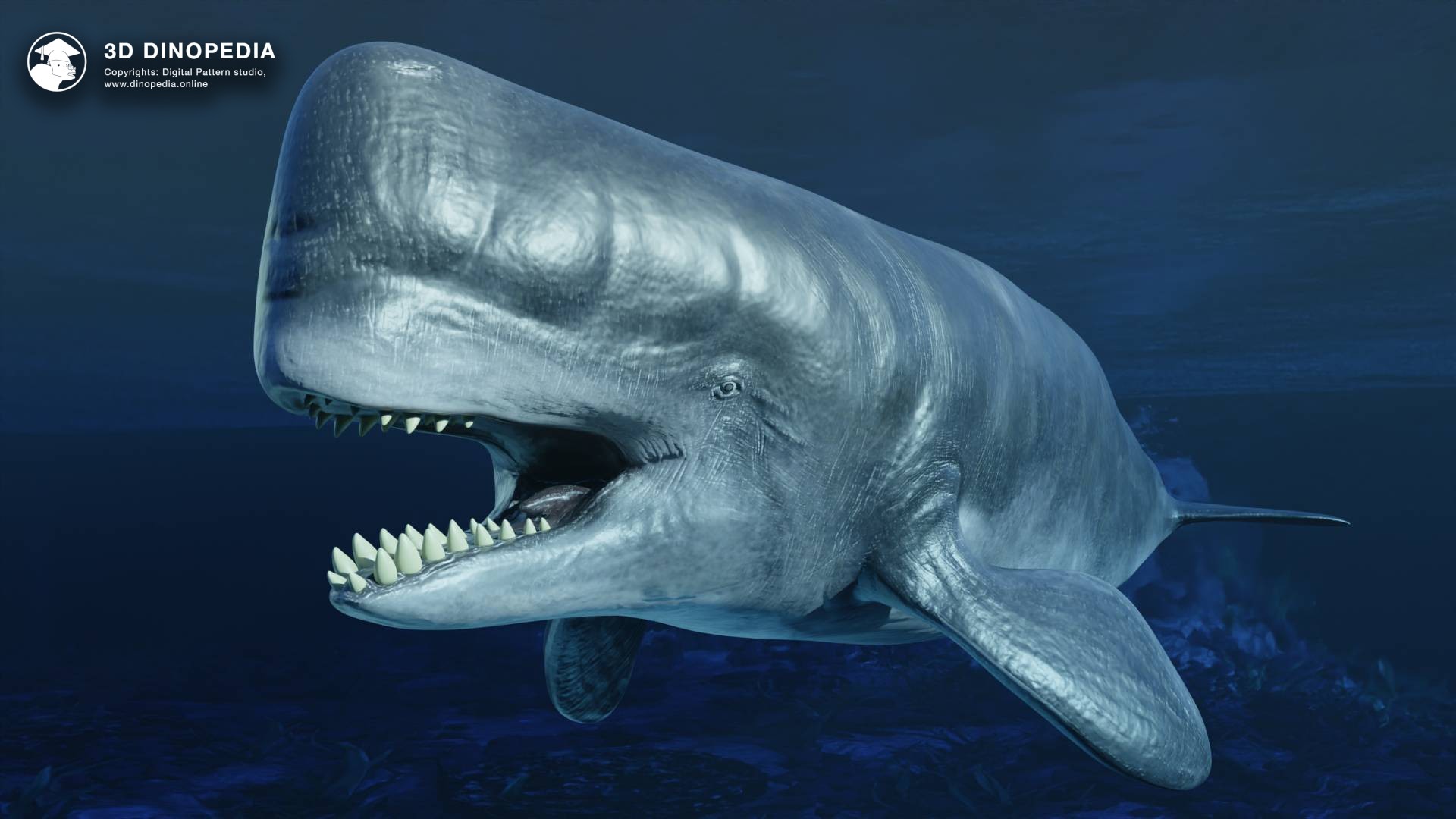
"He makes the depths churn like a boiling caldron and stirs up the sea like a pot of ointment. The luminous trail he leaves behind him, and it seems that the abyss has turned grey. There is nothing on earth like him — a creature that fears no one; he looks down on all that are haughty; he is king over all the sons of pride." These words from the Book of Job in the Old Testament characterize one of the most terrifying and formidable sea monsters - the Leviathan. A sea serpent with seven heads, capable of spewing flames and possessing other fantastic properties, and of course, incomprehensible dimensions.
In our days, the scientific world perceives the description of this monster as a metaphor for primeval evil rather than a real description of a sea creature. But the image turned out to be so vivid and memorable that researchers of ancient animals - paleontologists, when faced with the incredible size of ancient animals, often recall this biblical monster and even nickname prehistoric animals after it. Over the slightly more than 200-year history of science, three fossil Leviathans have appeared.
The first "Leviathan" was described by a rather controversial figure. And his name was Albert Koch. Koch claimed the title of "Doctor of Philosophy," but he had no actual specialized education. Rather, he could be called an "amateur paleontologist," a "fossil hunter," and... a very successful businessman! Under the auspices of Albert, a small museum - a panopticon was created in 1836, where all sorts of curiosities were collected. Two-headed sheep, stuffed rare animals, wax figures of presidents, and also "hell panoramas." Magicians and ventriloquists performed there. And there were also fossils.
The situation changed radically in 1840 when Albert Koch received information about the amazing discovery of a farmer from Missouri (a state in the USA). Huge bones were found during the construction of a farm on the Osage River. Albert hurried to the site and returned four months later with a pile of bones. From them, he assembled an incredible monster, comparable in size to the largest dinosaurs. Koch couldn't decide on a name for a long time, calling it either Missourium Theristrocaulodon or Leviathan Missouriensis. In the end, both names were published a year apart, although it was obvious that they belonged to the same animal. The name "Leviathan" appeared because A. Koch was convinced that the animal once lived in the river systems of Missouri, similar to a hippopotamus. It was covered in armor, and its two tusks, diverging to the sides like mustaches, were needed to push trees into the water. Soon, A. Koch sold his museum and went on a voyage with his "leviathan" (or missourium). Showing it all over the world, he achieved particular success in London. As a result, in 1844, he managed to sell the skeleton for £1,300 to the Museum of Natural History in London. There, the experienced anatomist Richard Owen reassembled the animal. It turned out that the size of the skeleton had been exaggerated. There were extra bones in it, and even logs to make it appear larger. Also, the tusks were incorrectly positioned, they should have been directed forward. As a result, the "Leviathan from Missouri" turned into a good skeleton of a quite ordinary terrestrial ancient proboscidean - the American mastodon (Mammut americanum). This skeleton can still be seen in the museum.
The second creature to receive the formidable name was discovered in the 2000s. In November 2008, 35 kilometers from the Peruvian city of Ica, the skull of an unknown monster was found. A grown man could easily fit into the mouth of this giant, and its teeth were larger than those of a Tyrannosaurus rex. Later it would be determined that the owner of this skull lived about 10-9 million years ago. By nature, it was a representative of an ancient toothed whale. Externally, it resembled a sperm whale. The true length of the animal remains unknown to this day, but it is believed that the creature could reach between 13 to 17 meters. Thus, it turns out that the ancient whale was smaller than the modern sperm whale, which can reach lengths of up to 20 meters. However, the fossil whale had an important distinction - it lived in shallow waters and hunted other whales, whereas the modern giant (the sperm whale) is a deep-water squid eater. This makes the Peruvian giant of the Neogene period one of the most dangerous marine predators in history. The decision was made to name the creature "Leviathan Melvillei." However, as we have already determined, the name Leviathan had been used in paleontology before. It is considered "invalid" nowadays, but still, to avoid confusion, the authors had to choose an alternative. So, the whale became known as Livyatan melvillei, effectively sounding like "leviathan." But the meaning remains unchanged. After all, "Livyatan" is the name of Leviathan only in its original Hebrew pronunciation. So in the "popular" pronunciation, it continued to be called "Leviathan Melvillei." By the way, it is noteworthy that in modern Hebrew, "livyatan" means "whale," so the new Latin name turned out to be even more appropriate.
The third paleontological "Leviathan" was introduced to the world in 2022. It was an ancient turtle from the Cretaceous period, which lived 84-72 million years ago in the territory that is now Spain. To be precise, the turtle was named Leviathanochelys aenigmatica, which can be translated as "enigmatic Leviathan turtle." The bones were first discovered by a tourist traveling through Catalonia. Later, paleontologists found additional bones and prepared a scientific description. Unfortunately, there were still not enough bones to accurately reconstruct the animal. But some information was still obtained. Leviathanochelys was a relative of most modern sea turtles, such as the green sea turtle (Chelonia mydas) and various species of loggerheads. This suggests that the ancient turtle had a sturdy and reliable shell, unlike the soft shells of giant leatherback turtles or, say, ancient archelons. But most importantly, the remains of this turtle are simply enormous. For instance, its pelvic bones are wider than those of any turtle throughout history, and in length, they are only slightly smaller than those of the giant archelon. Its length is estimated at 3 meters and 74 centimeters (12.3 feet). This makes it one of the largest turtles known to humanity, specifically the third longest after archelon and protostega - turtles from the Cretaceous system of North America. At the same time, it is the largest turtle of ancient Eurasia and the largest turtle with a rigid shell. For this reason, it was decided to name it after the giant sea monster Leviathan.
In the 3D Dino-pedia, you can get acquainted with Leviathan Melvillei, Archelon, and ancient proboscideans up close. Don't miss the opportunity to see 3D models of their skin, muscles, and skeletons, and read or listen to many fascinating facts!
Discussions

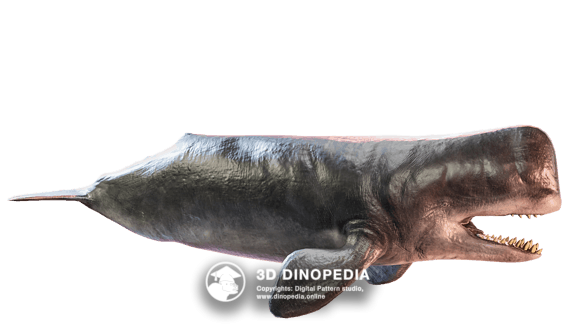
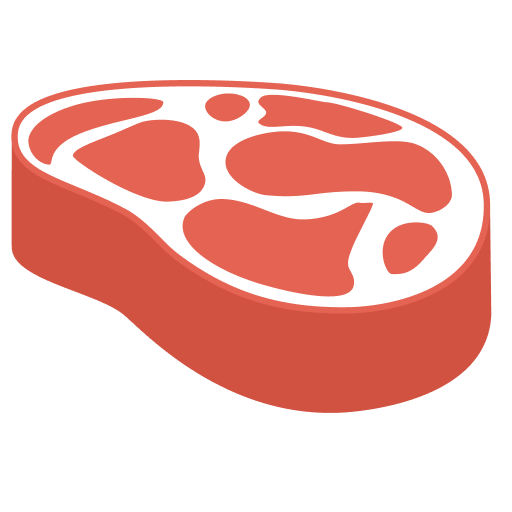
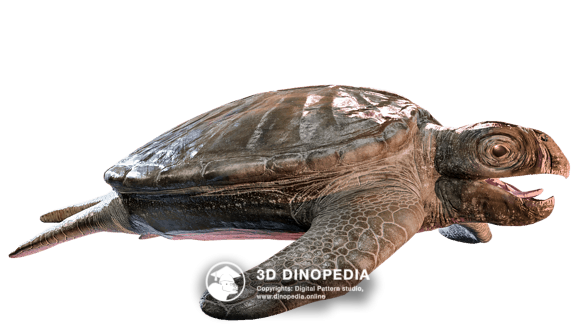
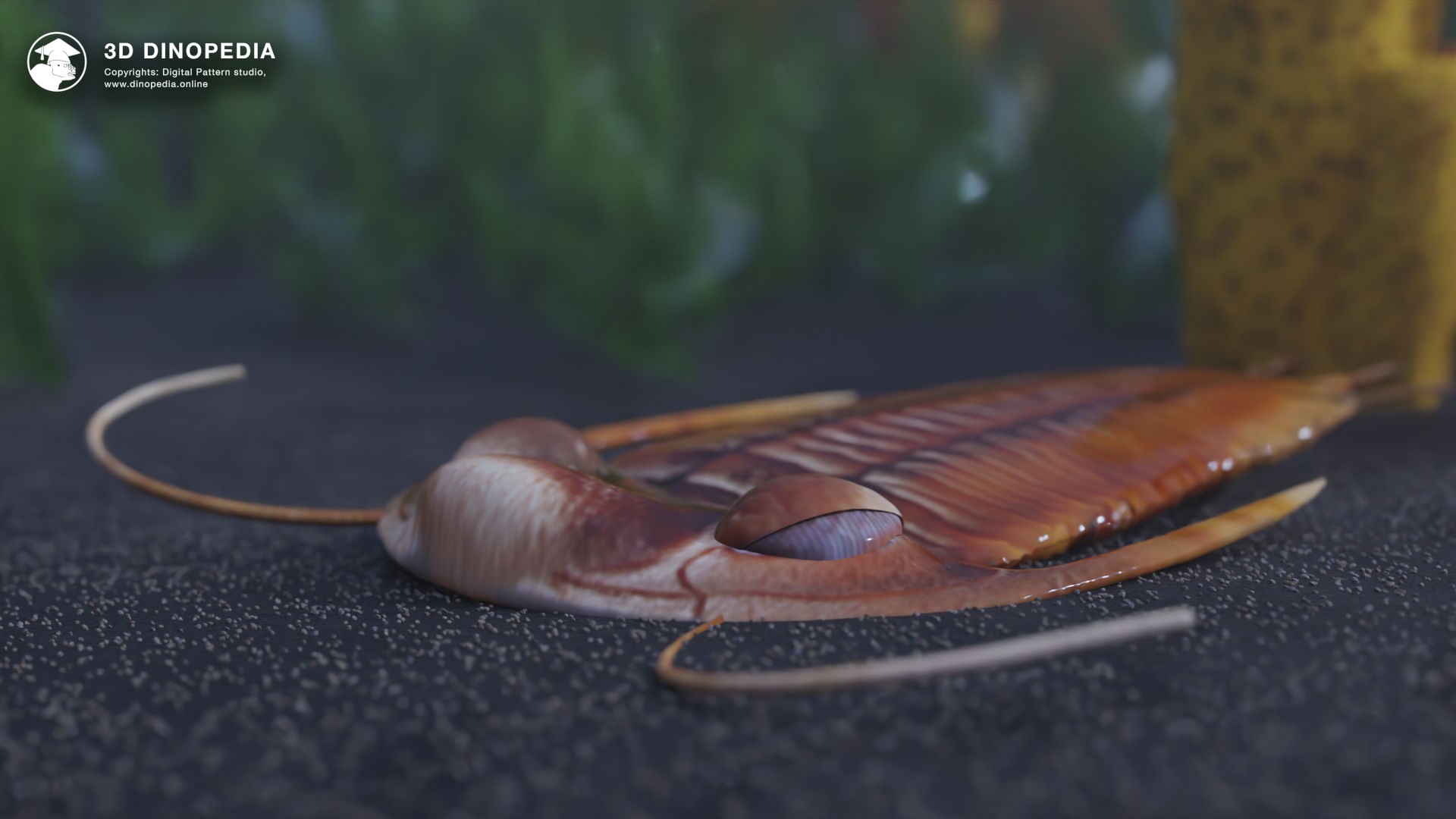

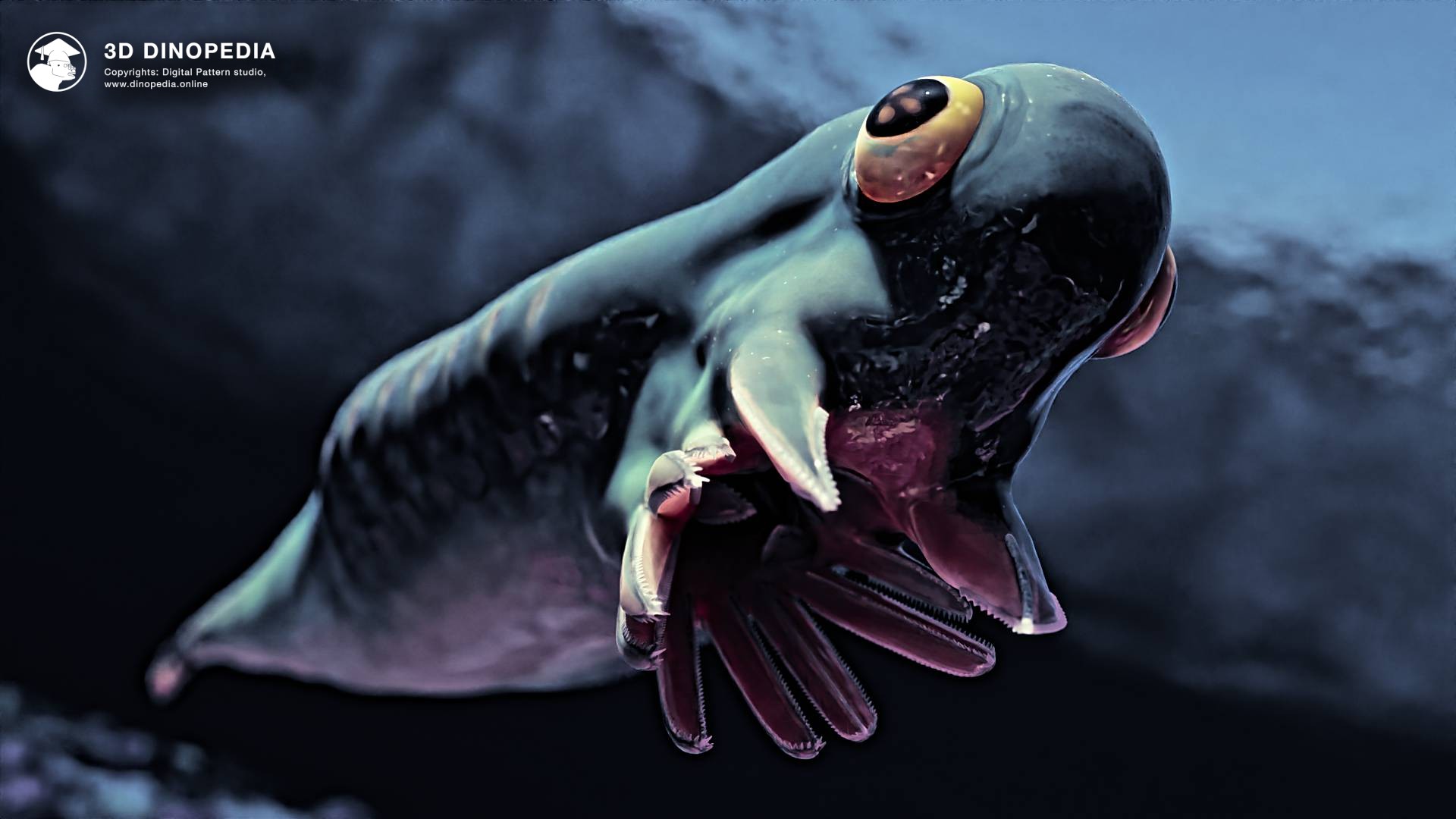

{{ count }} comments
You must login to write a comment